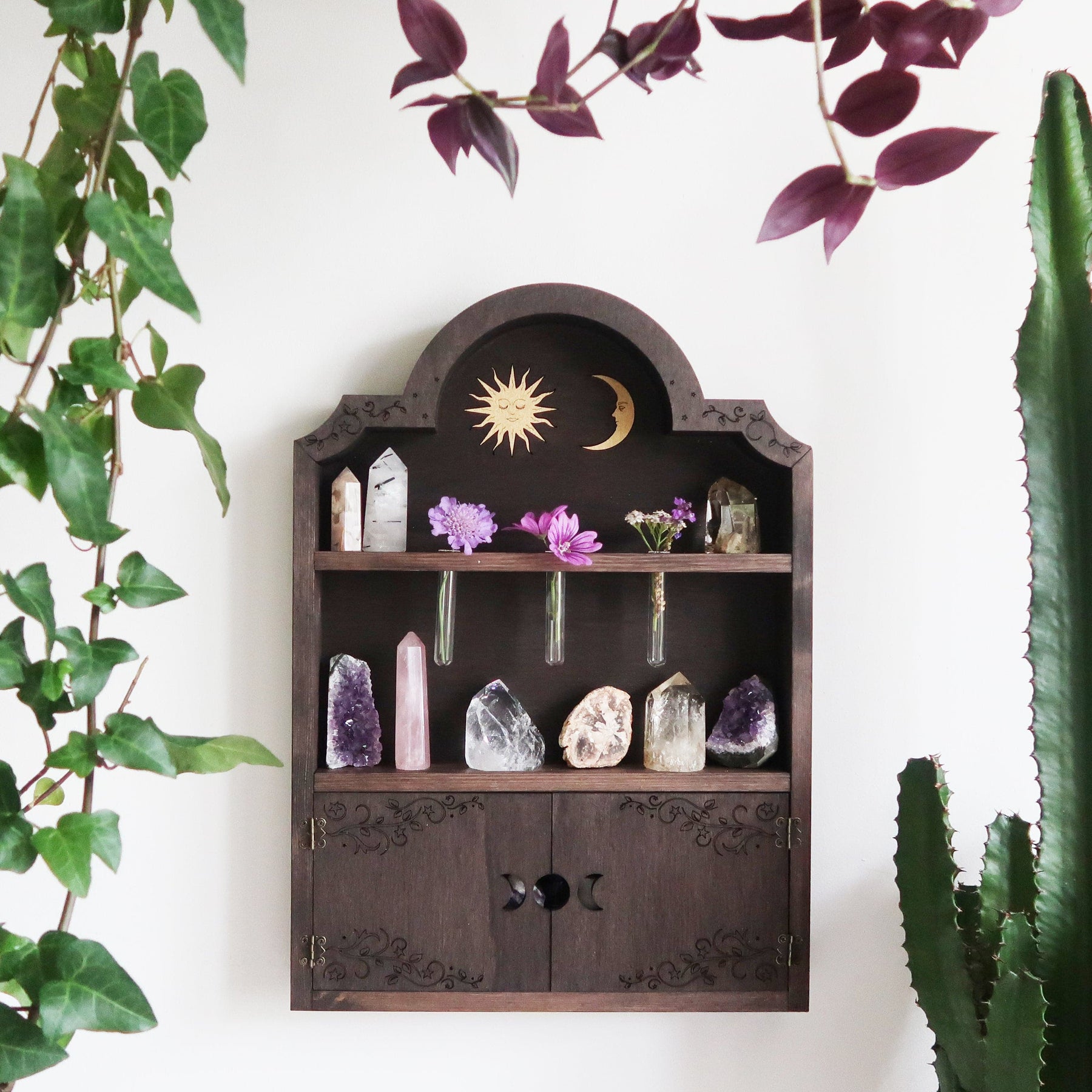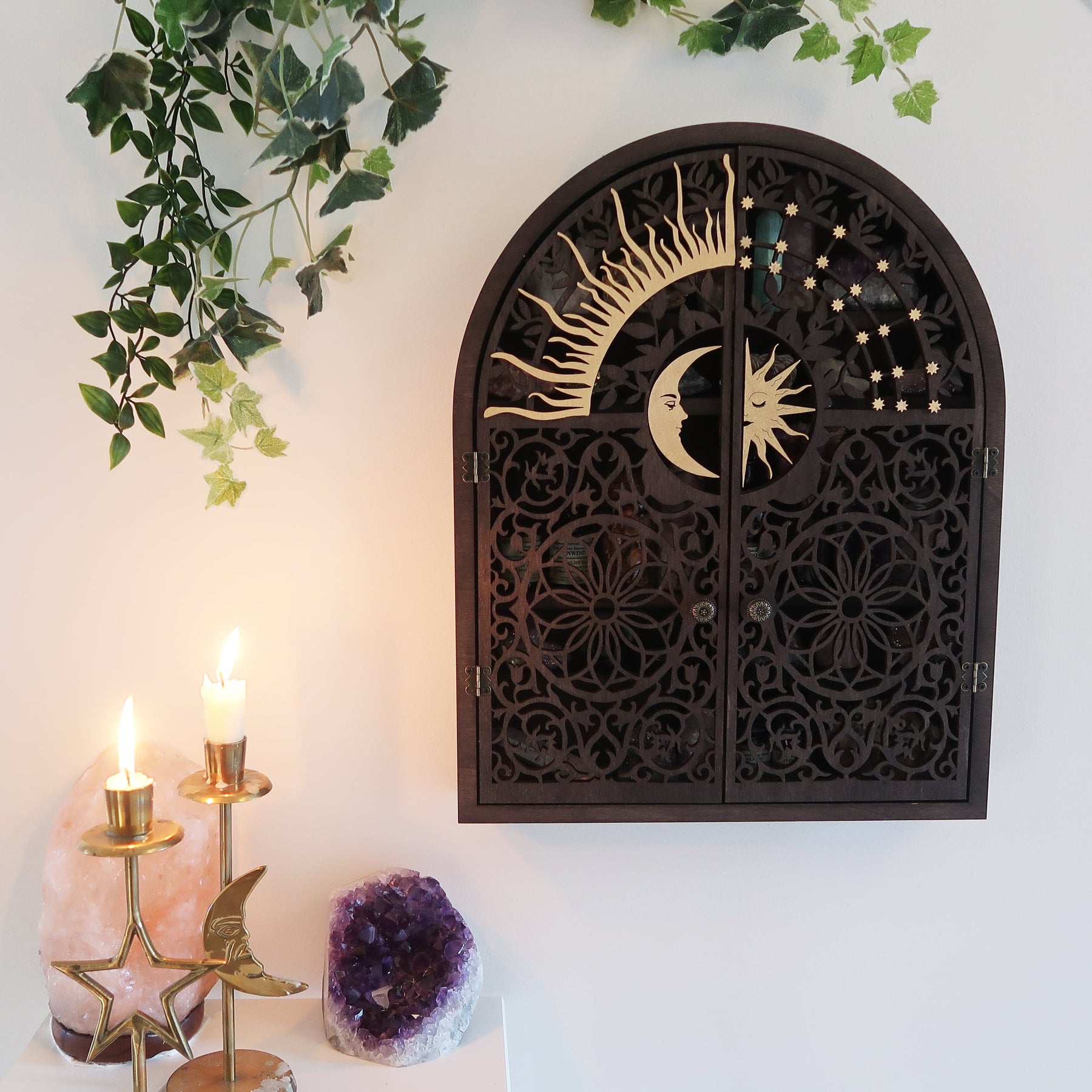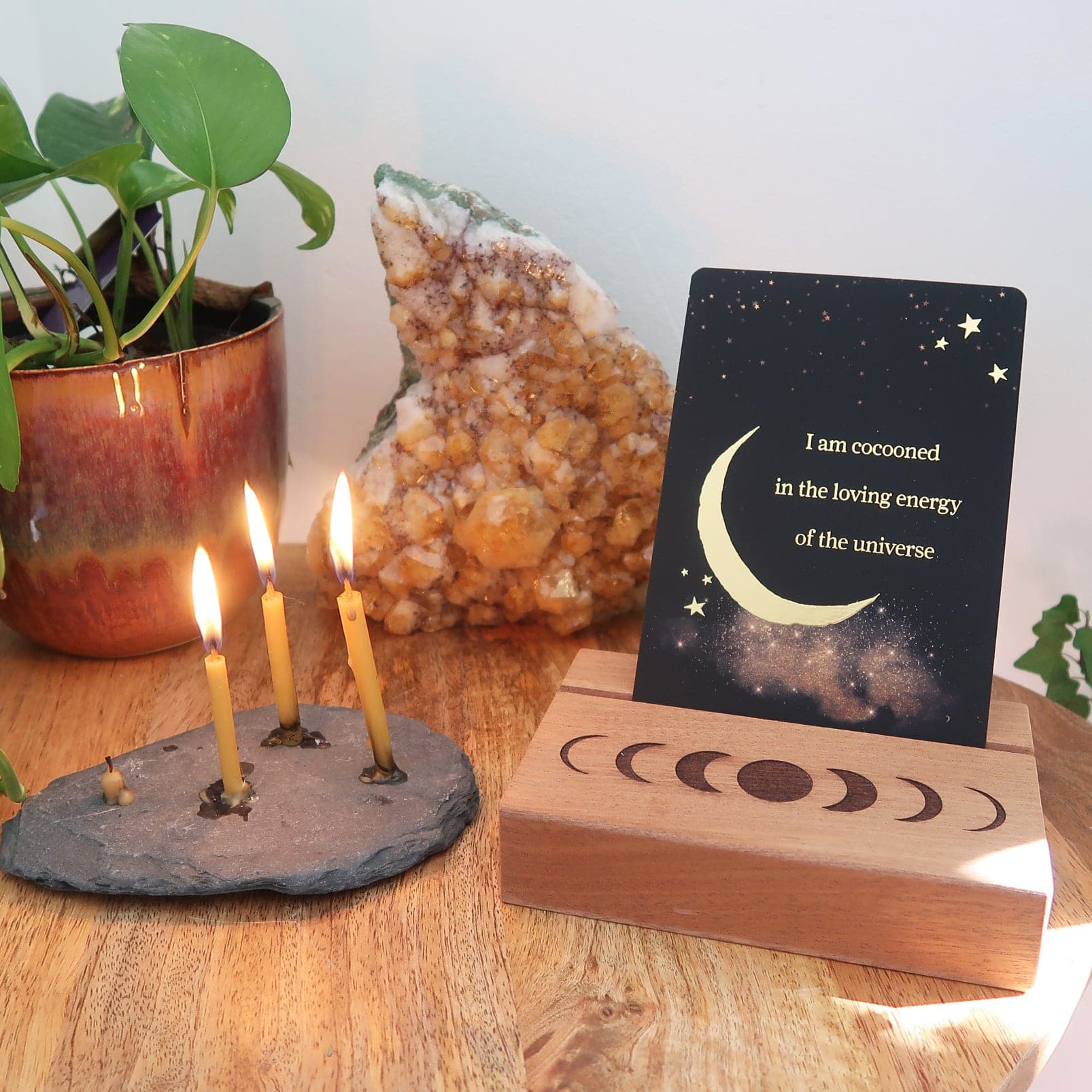9 Startling Differences Between Apothecaries and Herbalists
The scent of lavender and sage filled the small shop as I watched the woman carefully select dried plants from glass jars lined along wooden shelves. When I asked if she was an apothecary, she smiled knowingly. "Not quite—I'm an herbalist. Though many confuse us, the traditions are quite different."
That conversation sparked my curiosity about these seemingly similar but distinct healing traditions.
While both work with plants and natural healing, apothecaries and herbalists represent different approaches, philosophies, and practices that have evolved along separate yet parallel paths.
Let's explore nine surprising differences between these two herbal traditions.
1. Historical Development and Lineage
Apothecaries emerged as a formal profession in medieval Europe, eventually becoming regulated through guilds and formal systems. They developed within the medical establishment, serving as the precursors to modern pharmacists and working alongside physicians.
Herbalists evolved from folk healing traditions passed through family lines and community practitioners. Their knowledge developed outside formal medical systems, often preserved through oral tradition and practical experience across generations.
Apothecaries arose from institutionalized medicine, while herbalists emerged from folk traditions that often existed in the shadows of official practice.
This foundational difference shaped everything from how they learned their craft to how they interacted with the communities they served.
2. Approach to Knowledge and Learning
Apothecaries relied heavily on written pharmacopoeias, formula books, and eventually standardized education. Their training emphasized consistency, precision, and adherence to established formulations.
Herbalists traditionally learned through apprenticeship, direct observation of plants, and experiential knowledge. Many herbalists developed intuitive relationships with specific plants, often expanding knowledge through personal exploration rather than standardized texts.
The Sun And Moon Apothecary Cabinet beautifully bridges these traditions.
With its practical design featuring both enclosed storage and display areas, it creates space for both systematic organization of materials (reflecting the apothecary approach) and the display of seasonal plants and personal tools (honoring the herbalist tradition).
The woodland engravings and triple moon design connect to the symbolic language many herbalists incorporate into their practice.
All of our apothecary cabinets have different beautiful designs, and are traditional yet funcational.
Where apothecaries sought to standardize and codify herbal knowledge, herbalists often emphasized personal relationship with plants and adaptable approaches.
3. Workspace Organization and Tools
Apothecaries maintained meticulously organized shops with uniform containers, labeled drawers, and a systematic approach to storage.
Their workspaces emphasized efficiency, professionalism, and consistency.
Herbalists often created more intuitive and personalized workspaces. While still organized, their spaces might arrange plants by energetic properties, seasonal associations, or personal categories rather than alphabetical or standardized systems.
Apothecaries created spaces that resembled early pharmacies, while herbalists' workspaces often blended elements of kitchen, garden, and sacred space.
This difference in physical environment reflected their distinct approaches to healing work—the systematic precision of the apothecary versus the intuitive, relationship-based approach of the herbalist.
4. Relationship with Medical Authority
Apothecaries operated within the established medical framework of their time. They worked under physicians' direction, followed official pharmacopoeias, and eventually developed into regulated professionals within the healthcare system.
Herbalists typically practiced outside official medical systems, often serving communities with limited access to mainstream healthcare or those seeking alternatives.
Their authority derived from demonstrated results and community trust rather than official sanction.
The relationship with authority shaped much about these traditions:
-
Apothecary characteristics:
- Operated with legal recognition and protection
- Worked collaboratively with physicians
- Followed standardized formulations
- Subject to guild or governmental oversight
-
Herbalist characteristics:
- Often practiced without official recognition
- Worked independently of physician direction
- Developed personalized formulations
- Regulated primarily by community reputation
While apothecaries worked within the medical establishment, herbalists often served as alternatives or complements to official healthcare systems.
5. Approach to Formulation and Preparation
Apothecaries followed precise measurements and standardized procedures. They created compound medicines by combining multiple ingredients according to established formulas, often using complex methods of extraction and preservation.
Herbalists frequently employed simpler preparations focusing on preserving the whole plant's integrity. Many traditional herbalists emphasized working with single herbs or simple combinations, adjusting based on the individual rather than standardized dosages.
The Celestial Arch Cabinet with its intricate mandala design embodies the meeting point of these approaches.
Its organized interior with shelves of different heights creates spaces for both precisely measured ingredients and whole plant materials.
The cabinet's combination of practical storage behind doors (like the hidden knowledge of complex formulations) and open display areas (representing the herbalist's more transparent approach) makes it ideal for practitioners drawing from both traditions.
This is one of our most popular arch shelves from our beautiful collection.
Apothecaries compounded complex formulations according to precise recipes, while herbalists often favored simpler preparations guided by intuition and direct plant relationships.
Last summer, I visited an herbal festival where this difference was on full display. At one booth, a former pharmacist-turned-herbalist carefully measured ingredients on a digital scale for her tinctures, recording every detail in a leather-bound notebook.
Across from her, an elder herbalist who had learned from her grandmother simply held each plant, closed her eyes momentarily, and added pinches to her blends without measuring at all.
Both created remedies their clients swore by, yet their approaches couldn't have been more different.
6. Spiritual and Energetic Dimensions
Apothecaries, particularly as they evolved into more professionalized roles, generally maintained a more clinical approach focused on physical effects.
While early apothecaries might incorporate astrological or humoral concepts, the tradition increasingly emphasized observable, material properties of remedies.
Herbalists often explicitly incorporate spiritual, energetic, and intuitive dimensions into their practice. Many traditional herbalism systems include concepts like plant spirits, energetic properties, and alignment with natural cycles as fundamental aspects of healing.
Where apothecaries increasingly focused on the physical chemistry of plants, herbalists maintained connections to the spiritual and energetic dimensions of herbal medicine.
The Mini Moonphase Altar Card Stand beautifully supports this spiritual aspect of herbalism.
This hardwood stand with its hand-burned crescent moon design creates a perfect space for displaying herbal correspondences, moon phase planting guides, or affirmation cards that align herbal work with lunar cycles.
We find that our card stands are a beautiful addition to any altar, and really add to the sacredness of this space.
7. Plant Sourcing and Processing
Apothecaries increasingly relied on trade networks and imported materials. As their profession developed, many worked with processed ingredients sourced from suppliers rather than gathering fresh plants themselves.
They emphasized consistency of supply and standardization.
Herbalists traditionally maintained closer connections to local ecosystems and often harvested many plants themselves. Their practice typically emphasized sustainable harvesting, reciprocal relationships with plant communities, and intimate knowledge of growing conditions.
Apothecaries developed systems for consistent supply regardless of season or location, while herbalists worked closely with local plants and seasonal rhythms.
This difference reflected their varying scales of practice and philosophical approaches—the systematized, commercial approach of apothecaries versus the localized, relationship-based approach of many herbalists.
8. Client/Patient Relationships
Apothecaries typically served a broad community, maintaining a somewhat formal relationship similar to modern pharmacists. They prepared remedies prescribed by physicians or requested by clients, with interactions focused primarily on the remedy itself.
Herbalists often developed deeper, more holistic relationships with those they served, taking time to understand the whole person. Traditional herbalists might spend considerable time in consultation, adjustment of remedies, and follow-up care.
While apothecaries dispensed remedies based on specific requests or prescriptions, herbalists often engaged in comprehensive consultation and personalized healing relationships.
This difference in client relationships reflected their different roles within healing traditions—the specialist role of the apothecary versus the more comprehensive healer role of many herbalists.
9. Legacy and Modern Expressions
Apothecaries evolved directly into modern pharmacy, with their emphasis on standardization, precise measurement, and systematic approach forming the foundation of pharmaceutical science. Their legacy lives on in compounding pharmacies and aspects of pharmaceutical practice.
Herbalists maintain a tradition that exists both alongside and outside conventional medicine. Modern herbalism has diversified into various approaches, from clinical herbalism that adopts more scientific methodology to traditional herbalism that preserves ancestral practices.
The modern expressions of these traditions:
-
Contemporary apothecary influences:
- Compounding pharmacies
- Pharmaceutical formulation
- Standardized herbal extracts
- Evidence-based herbal medicine
-
Contemporary herbalist influences:
- Community herbalism
- Traditional herbalism systems
- Folk herbalism
- Integrative herbal practice
The apothecary tradition transformed into modern pharmacy, while herbalism continues as a distinct tradition that has both evolved and preserved its roots.

About the Author
Janie Fagan is the lead writer and resident crystal expert at Coppermoon.
With over 20 years of experience in spiritual practices and crystal work, Janie comes from a lineage of spiritualists who have passed down their wisdom through generations.
Her approach combines traditional knowledge with practical, modern applications, helping readers create sacred spaces that honor both ancient traditions and contemporary needs.
When not writing or working with crystals, Janie can be found tending to her moon garden, practicing sound healing, and exploring the connection between celestial movements and earth energies.
She believes that everyone deserves access to the tools and knowledge that make spiritual practice accessible and meaningful in everyday life.






Leave a comment